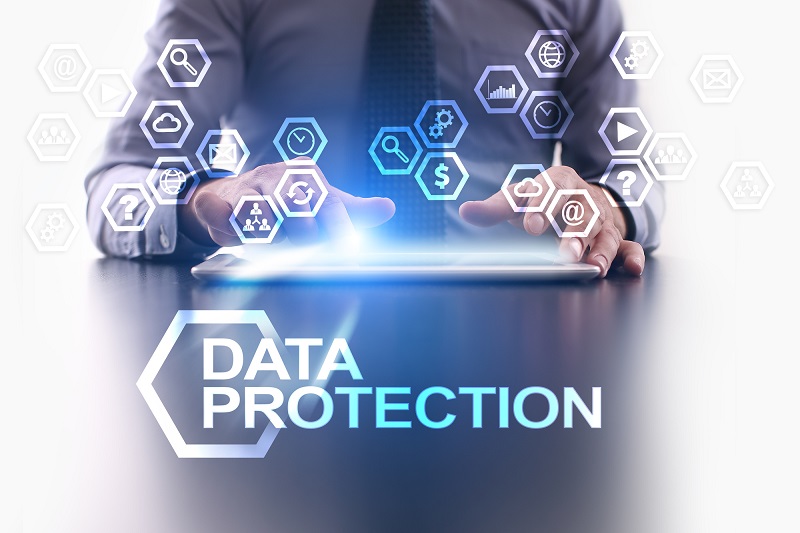According to the latest data, cyber attacks are at an all-time high, with an 800% increase in recent months. These days, it’s a matter of ‘when’ not ‘if’ your business will find itself threatened by cybercriminals.
When it comes down to brass tacks, the buck stops with you. Your customers count on you to keep their information private and secure.
Should you fail to meet their expectations, you could find yourself on the wrong end of a multi-million dollar lawsuit.
So how can you keep your customers’ data secure? We have the answers!
Keep reading to learn about three essential customer data security tips that your company can use to keep customers safe and maintain their trust.
Table of Contents
1. Follow All Required Regulations
Here’s the thing: you’re responsible for protecting consumer data whether you want to or not. In 2018, President Trump signed a law creating a branch of the Department of Homeland Security known as the Cybersecurity and Infrastructure Security Agency.
Among other things, this branch oversees things like election security and the safety of government-run websites.
In addition to overseeing general compliance, the CISA makes sure businesses follow the three core regulations already in place:
- The Health Insurance Portability and Accountability Act (HIPAA) which applies to digital patient records
- The Gramm-Leach-Billey Act which protects financial information
- The Federal Information Security Management Act (FISMA) which mandates federal information must be protected
This is only the tip of the iceberg, however, as each state has its own set of regulations you’ll need to abide by. Should you fail to follow these guidelines, your business could face harsh penalties such as large fines and serious legal trouble.
2. Become SSL Certified
As you continue your research on customer data safety, make a habit of looking at the web address bar. Sometimes, you’ll see a small lock next to the URL.
This means that the site is using Hypertext Transfer Protocol Secure (HTTPS) standards instead of basic Hypertext Transfer Protocol (HTTP) guidelines.
Make no mistake, there is a major difference between the two. A site that uses HTTPS has an extra layer of encryption, making it tougher for criminals to intercept customer data.
To change your site’s protocol from HTTP to HTTPS, you’ll need to purchase a Secure Sockets Layer (SSL) certificate. It’s possible to acquire certification for free, so talk to your IT team today.
3. Outsource Your Security
The fact of the matter is that you might not have the time and resources needed to keep your site’s security up to date. Even so, protecting consumer data is still your job.
Instead of trying to learn to do everything yourself, consider outsourcing instead. You can hire a firm to watch your site traffic and look for suspicious activities or weaknesses in your current site. To learn more, here’s an FAQ about one such company that offers these services.
Earn Their Trust, Earn Their Business: Follow These Customer Data Security Tips
Following customer data security protocol is of the utmost importance. Use these three tips to strengthen your company’s digital security and give your customers the confidence they deserve.
And if you’d like to read up on more tech tips, make sure to check back with our blog!





